Andre Chaperon & Shawn Twing – The Traffic Engine
 Salepage : Andre Chaperon & Shawn Twing – The Traffic Engine
Salepage : Andre Chaperon & Shawn Twing – The Traffic Engine
Arichive : Andre Chaperon & Shawn Twing – The Traffic Engine
 Shawn has more than two decades of experience developing, executing, optimizing, and scaling digital marketing strategies for clients large and small, building and refining a principles-based framework to do what he does successfully and predictably, and advising and teaching others how to do the same.
Shawn has more than two decades of experience developing, executing, optimizing, and scaling digital marketing strategies for clients large and small, building and refining a principles-based framework to do what he does successfully and predictably, and advising and teaching others how to do the same.
He is infinitely curious, lifelong student fascinated by the mental models, strategies, and methods that reliably produce results outside the norm.
Shawn approaches every project and client relationship the same way, embodied in a simple question — if I woke up tomorrow owning your business, knowing what I know, what would I do?
I hope you enjoy this mini-course on how to build a happy customer creating engine with paid traffic. Over to Shawn.
Table of Contents
- Introduction
- Day 1: Will it Make the Boat Go Faster?
- Day 2: Three Types of Traffic [Framework Before Work] — The First Traffic Pyramid
- Day 3: Just Say No to “Media Buying” [Traffic Is Part of the Funnel]
- Day 4: Quality, Then Quantity [At First, Do Less, Better — “Scaling” Is Not the Answer]
- Day 5: Ads Should Provide Standalone Value — Especially Facebook
- Day 6: Know Your Numbers
- Day 7: The Traffic Funnel [The Second Pyramid]
- Day 8: Work Backwards
- Day 9: Leverage Your Strengths / Match Your Content
- Day 10: Give the Platforms What They Want
- Comments (have a question or want to share an insight or ah-ha?)
- [NEW] Paid Traffic Manifesto (part of The Traffic Engine course)
Introduction
Before we dive in to the individual lessons, let’s start with the 30,000′ view and answer three clarifying questions:
- What is paid traffic?
- What is a ‘traffic engine’?
- Why should you care?
When I use the term paid traffic, I am referring to any environment / platform where money is exchanged for awareness or action. For example, Google Ads (formerly AdWords), Bing, Facebook and LinkedIn are paid advertising platforms. In exchange for money, we can reach audiences that each platform has aggregated.
Email co-registration, affiliate promotions, paid email placements, CPA networks, smaller ad networks, retargeting engines … all of these are ‘paid traffic’ because they have a pay-to-play model.
The exchange of money is critical in my definition of paid traffic. I often hear the question “why should I pay for traffic when I can get it for free?” Let me be very clear about something — there is no ‘free’ traffic — we pay for awareness and engagement with money, time, or both.
A ‘traffic engine‘ is a system for consistently, reliably, and predictably creating and growing awareness, interest, and desire for a business or other venture.
Paying for traffic with more money than time has many benefits. The major traffic platforms are accessible immediately (hours/days). Demographic, psychographic, and intent-based targeting can be very granular. Performance data can be segmented and analyzed for insights. Traffic volume/spend can be increased or decreased quickly. And user behavior can trigger specific actions to create more personalized engagement with prospects.
At the same time, paid traffic remains a “black box” for many businesses and marketing professionals. Each platform has its own best practices (and specific challenges). Wasted ad spend is rampant. Results often are unpredictable. Broadly useful training is rare. Tactics are taught at the expense of principles (and tactics change quickly).
During the next ten days I’ll share an insider’s view of what it takes to build a ‘traffic engine’, and ten powerful ideas I’ve learned over the last two decades. Along the way I’ll answer your questions so please don’t hesitate to ask.
Will it Make the Boat Go Faster?
In a world that sells easy, push-button digital marketing ‘secrets’, the truth few want to talk about is that building a business online is hard. There are seemingly limitless options for business models, strategies, tools, tactics, and platforms — yet, instead of making everything easier, we’re often left wondering what, exactly, we’re supposed to DO…
Worse, we’re busy all the time with no consistent progress to show for it.
My goal for this 10-part series on paid traffic is to cut through the clutter and give you actionable, transformative insights that you can implement immediately. However, I can’t do the push ups for you. There is no easy button, so get your cup of coffee (or tea), put your phone on mute, roll up your sleeves, and let’s dive in.
At the 2000 Sydney Olympics, Britain’s Men’s Eight rowing team did something no British team had done since 1912 — they won gold. How they did it holds a critical insight for all of us seeking to accomplish anything meaningful.
After a disappointing finish in Cologne in 1998, the British team began to ask one question for every decision they made — will it make the boat go faster? (Hat tip to Simplero founder Calvin Correli for recommending Ben Hunt-Davis’s book that tells the story.)
“Will it make the boat go faster?” — modified slightly for our purposes — may be the most powerful question you can ask to radically transform your business (and your life).
Before we get ahead of ourselves, we need to unpack a couple of related questions. What is the ‘boat’ that we’re working on, and how do we clearly define ‘faster’? If we don’t take the time to answer both questions with razor-sharp clarity we’re doomed from the start.
We could define the ‘boat’ as an offer, a funnel, a particular traffic campaign. Narrowing our focus like that is appealing, but I think it would be a mistake.
Instead, I recommend that we define our particular ‘boat’ as our business / craft / profession. This perspective forces us to hold up every decision to a simple question — will this make my business go faster?
Next, we need a very clear definition for ‘faster’. No one has answered this question better than André — the goal of any business is to produce happy customers, so ‘faster’ is our measurement for how we’re doing relative to that goal. (Read — and study — André’s article here.)
Here are two simple examples.
If I have a customer acquisition funnel that produces ten customers per day with a 20% refund rate within 30 days, I’m producing eight happy customers per day (10 / day – 20% within 30 days = 8 happy customers per day). Reducing my refund rate from 20% to 10% would make my ‘boat’ go faster because I would be creating nine happy customers per day vs. eight.
A simpler example — if that same customer acquisition funnel produces nine happy customers per day and I scale that campaign to twenty-five happy customers per day, my ‘boat’ would be going faster.
This clarity and precision is critical — the moment we let our primary goal become muddy and vague we’ve lost the profound power of Ben Hunt-Davis’s question.
Your first assignment is to get something to write with and something to write on and clearly define the boundaries of your business. (I often say that if you can’t draw your business on a napkin with a crayon you don’t understand it clearly enough.)
Here are some questions to help you get started.
What are you paid for / what do you sell? (This could be a product or a service, physical or digital. What we’re looking for is clarity about the exchange of monetary value from your customers to you. What is the thing that customers buy from you? Don’t get wound up about front end vs. back end – get it all down so it’s visible.)
Where / how do your customers find you? (Organic traffic, paid traffic, word of mouth, referrals, affiliates, guest blogs, other online content, etc.)
What measurable steps happen between awareness and purchase? (What do your prospects see, hear, and do that makes them aware that you / your business exists? How do they begin to engage? Continue to engage? How do they eventually buy?)
Take the time to answer these questions thoroughly and precisely. Everything that follows over the next nine days will build on this foundation.
P.S. In its simplest form, all business is an interplay between traffic and conversion. Tomorrow I’m going to share a powerful traffic framework you can use immediately to unlock the power of any traffic platform.
Three Types of Traffic — The First Traffic Pyramid
Severaleveral years ago one of my employees wrote the following at the top of a white board in my office — “framework before work“. (Thanks Tyler.) That simple phrase has stuck with me ever since.
A framework is a way of understanding the world. For example, traffic + conversion* is a framework. It’s a useful model for distilling everything a business does into two broad categories — creating/channeling awareness (traffic) and transforming that awareness into a result (conversion).
*My good friend Jack Born expanded the traffic + conversion framework to include economics — it’s worth your time to study his model deeply. You’ll thank me later.In my experience, taking the time to identify and validate frameworks has many benefits.
I’ll share two frameworks for paid traffic — the first in this lesson, and the second later in this series (day seven).

All online traffic — paid or organic — fits into one of three (and only three) categories. I’ve spent decades thinking about this, and I haven’t found a single exception.
First, there are people searching for you. “You” could be a person (e.g., a search for andre chaperon), something you have created and named (e.g., autoresponder madness), or a business (e.g., netflix).
In general, this first type of traffic is the lowest volume and highest quality. It’s also the easiest to acquire — Google wouldn’t be Google if people didn’t find you when they search for you. Organic search drives most of this traffic — however, paid search also plays a role if your competitors bid on your branded keyword phrases.
Second, there are people searching for what you have to offer. The critical distinction in this second category is that the searches are not specific to you, but you provide a solution that matches the search.
For example, AutoResponder Madness would be a useful search result for email marketing course, but it’s not specific to any particular person or product.
This second category of traffic is high quality and often high volume. It’s often very competitive. (BTW, competitive is good. When there’s competition that means there’s money to be made.)
The third category of traffic are people who, if they knew you or what you have to offer exists, might be interested. This is the largest audience and also the lowest quality.
The critical distinction between these three types of traffic is intent. When someone searches they have active intent — they’re looking for something (often in terms of solving a problem or finding a known solution).
roofing contractor near me is a solution-focused search. how to fix a leaky roof is a problem-focused search.
The third category of traffic does not have active intent — they’re not looking. Instead, because of some combination of demographic and psychographic characteristics, they might have passive potential interest. Meaning they might like it (and buy it) when they see it, but they’re not looking.
For example, I have been a customer of GoRuck for several years. GoRuck makes special forces-grade backpacks and other gear. It never would have occurred to me to search for their products (by name or by type), and I was not actively looking to solve a problem. Instead, I stumbled on their story (awareness), found myself increasingly intrigued (interest/desire), and eventually became a repeat customer (action).
Here’s the framework, in brief:
- Category 1: People Searching for You. (Organic search, paid search — particularly Google and Bing.) Lower volume, ultra high-quality.
- Category 2: People Searching for What You Have to Offer. (Organic search, paid search — particularly Google and Bing. YouTube in certain circumstances.) Higher volume, varying quality depending on search terms, (usually) highly competitive.
- Category 3: People Who, If They Knew You or What You Have to Offer Exits, Might Be Interested. (Facebook, Google Display Network, YouTube, LinkedIn, affiliate emails, etc.) Enormous potential volume, very low overall quality.
Today’s assignment — identify how you’re currently getting traffic in each of these three categories. For example:
- Category 1: organic search.
- Category 2: Google Ads.
- Category 3: Facebook. YouTube.
For extra credit, identify the relative volume and quality of traffic using Google Analytics or a similar tool:
- What percentage of your traffic is acquired from each traffic category?
- What is the cost?
- What is the revenue? (If you don’t have revenue data, pick another meaningful metric like lead volume.)
Up next — why “media buying” is dead (and a much better way to think about paid traffic).

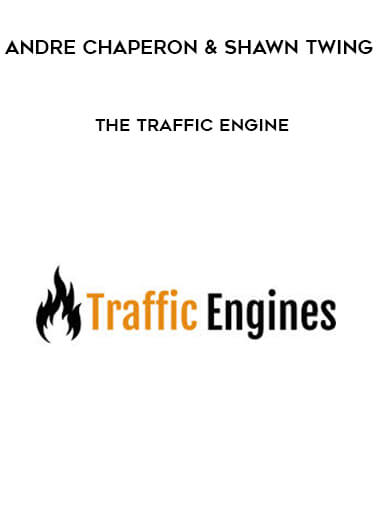

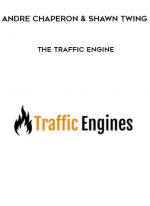

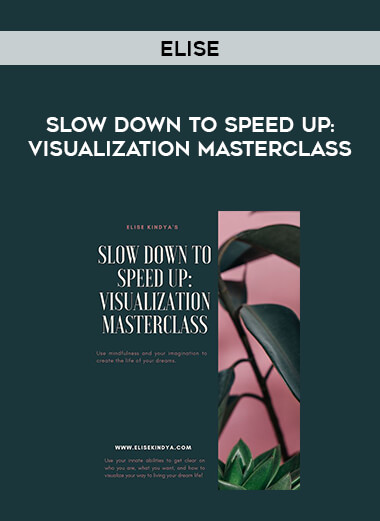
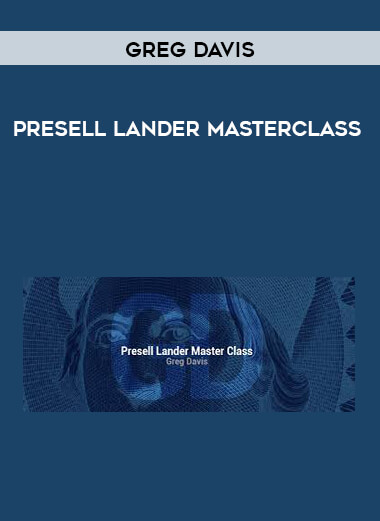






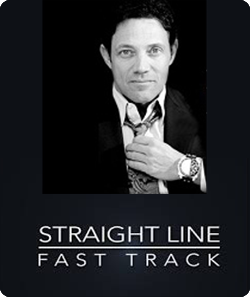

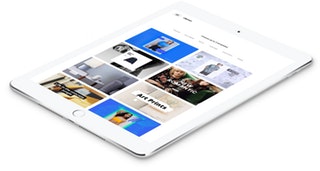
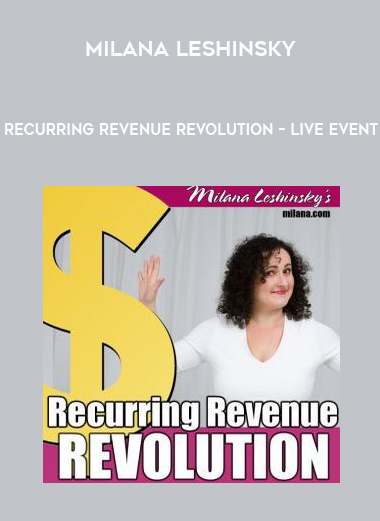
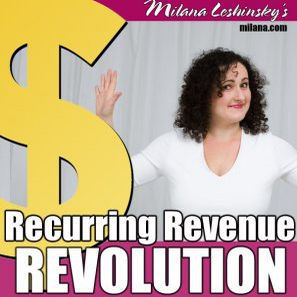

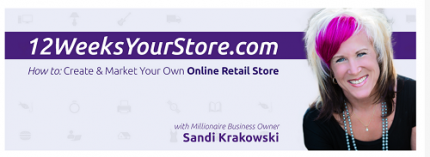
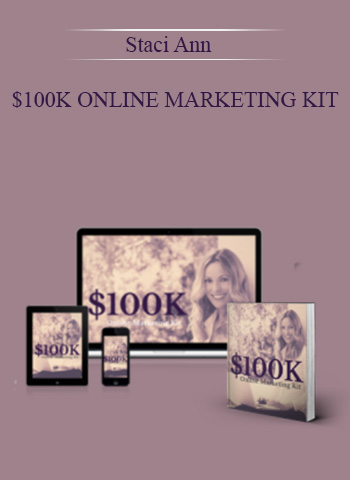


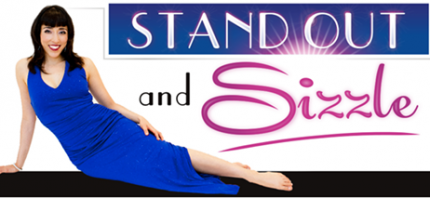
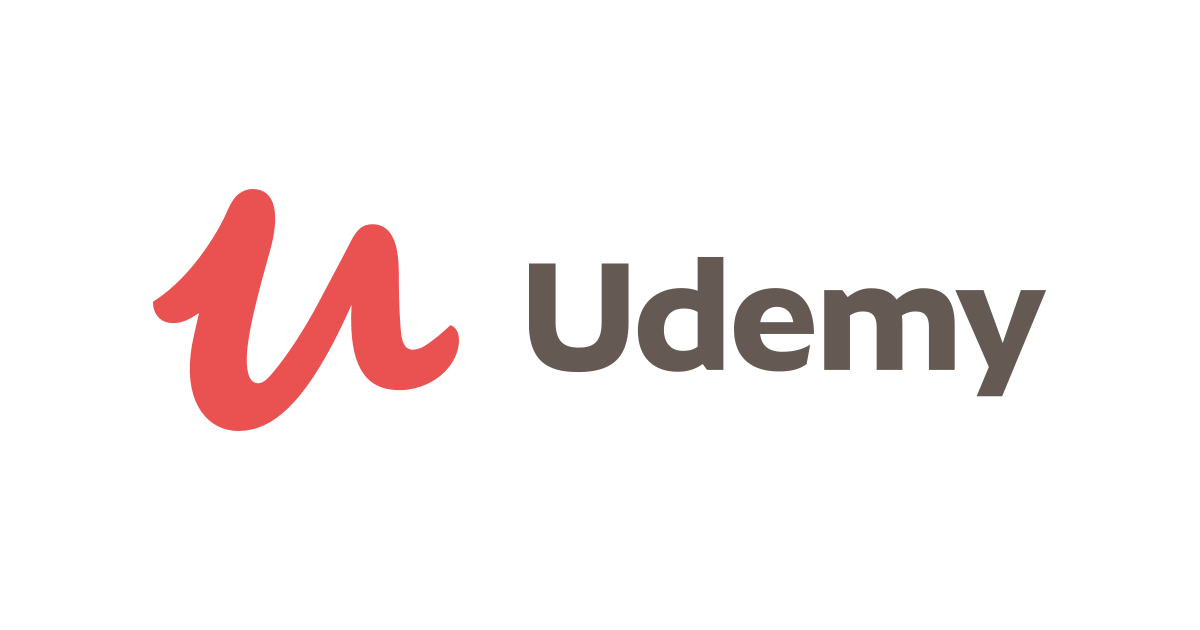

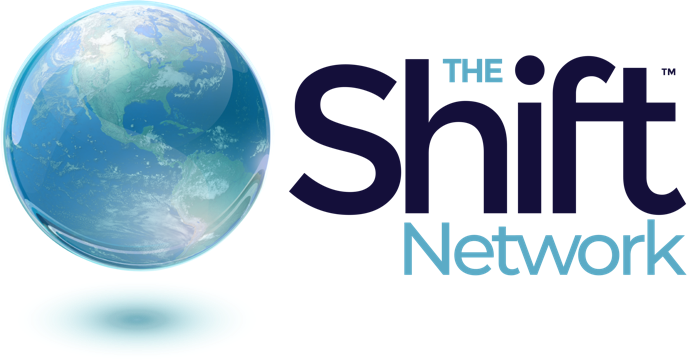






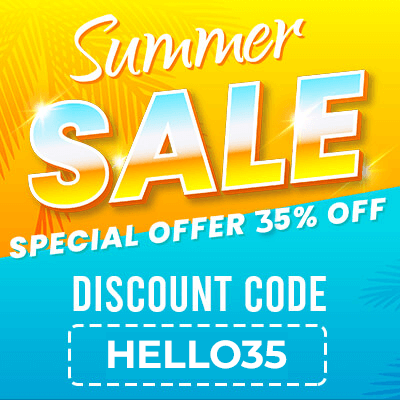
Reviews
There are no reviews yet.